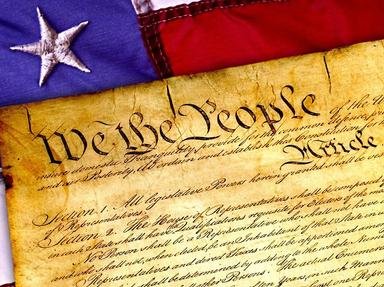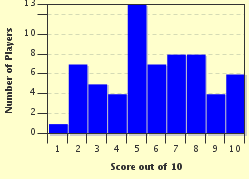Quiz Answer Key and Fun Facts
1. In 1774 the British passed the Quebec Act, which enlarged the boundaries of the Province of Quebec to include the Great Lakes and the Indian Reserve. This angered the colonists because it also extended the influence of French laws and the Catholic Church. To which river did this extension reach, thus including what later became known as the Old Northwest?
2. "The Shot Heard 'Round the World" began the hostilities of the Revolution in April of 1775. Colonial militia and British troops fired on each other at the North Bridge in the "Battle of Lexington and Concord." What river did the North Bridge span?
3. On the last day of 1775, Benedict Arnold was shot in the ankle while leading colonial forces against Quebec. Which river had he crossed just prior to becoming a casualty in action during a snowstorm?
4. During the winter of the siege of Boston in 1775-6, the colonial militia considered crossing Boston's frozen river to attack British forces. And in fact, the British units involved in the Battle of Bunker Hill (fought on Breed's Hill) did cross that same river. What is the river's name?
5. Almost four months to the day before Washington famously crossed the Delaware in 1776, he was forced to cross another river in defeat during the Battle of Long Island (Brooklyn Heights). Unfavorable winds and rain that thwarted the British warships aided Washington as he surreptitiously led his troops from Long Island to Manhattan across what river?
6. Early in 1777 the British developed a plan to separate New England from the rest of the colonies. The plan involved a pincer movement along two river valleys southward from Canada, intended to meet at Albany. The western force, led by Colonel Barry St. Leger, failed in its mission, being defeated at Oriskany. In the valley of which eastward-flowing New York State river is Oriskany situated?
7. In the fall of 1777, in an attempt to protect Philadelphia, Washington suffered two defeats at the hands of General Howe at the battles of Brandywine and Germantown. Washington then retreated to Valley Forge, about 20 miles northwest of Philadelphia. Much has been made of the famous "Winter at Valley Forge," but which river with a Dutch name flowed by the site, providing it with water?
8. The turning point of the Revolution came at the Battle of Saratoga, which was actually two actions on 19 September and 7 October of 1777. Hard by the banks of which major river of the Thirteen Colonies did these battles take place?
9. In February of 1779, George Rogers Clark captured Fort Vincennes in Indiana following a siege. To get into position to begin the siege, Clark and his men had to cross a flooded plain about four miles wide. Which river, forever linked to a train called the Cannonball, made things difficult for Clark and his men?
10. The surrender of General Cornwallis to Washington at Yorktown effectively ended the Revolution. Just off the coast, the French fleet's presence prevented any reinforcement for Cornwallis and ensured his surrender. The mouth of which Virginia river was commanded by Yorktown's position?
Source: Author
shvdotr
This quiz was reviewed by FunTrivia editor
bloomsby before going online.
Any errors found in FunTrivia content are routinely corrected through our feedback system.

